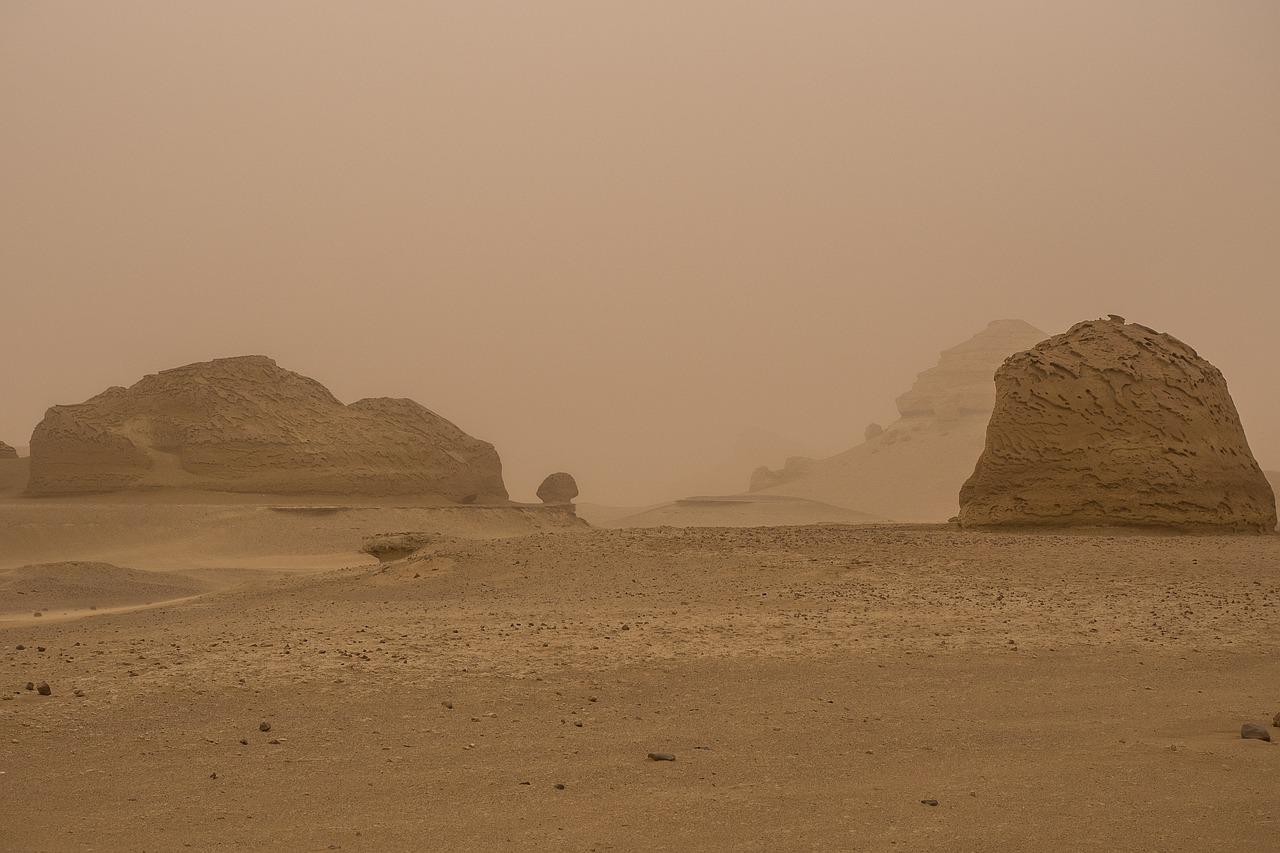
Vocabulary:
I will read the words, meanings, and sample sentences. Then, repeat after me.
- visibility /viz-uh-BIL-i-tee/
- drought /drout/
- diminish /dih-MIN-ish/
- upstream /UHP-STREEM/
- intense /in-TENS/
[noun] – how clearly objects can be seen, or how far you can see clearly, usually because of the weather conditions
Fog has severely reduced the visibility in the ocean.
[noun] – a long period when there is little or no rain
Many communities have suffered from food shortages due to drought.
[verb] – to reduce or be reduced in size or importance
The world’s natural resources have been quickly diminishing.
[adjective] – on a river or stream towards its origin
Factories upstream continue to pollute the water.
[adjective] – extreme and forceful or (of a feeling) very strong
Could you buy some ice cream on the way home? The heat is intense!
Article reading:
Please read the whole article. Then, I will check your pronunciation and intonation.
Thick cloud of dust has turned the skies orange as a massive dust storm blasted broad regions of Iraq. Poor visibility forced the cancellation of flights at Baghdad and Najaf airports last month. Visibility in certain parts of Iraq was less than 500 meters on Saturday, April 30. The dust storms also resulted in hundreds of people requiring hospital treatment for respiratory ailments. Health officials reported that dust storms have lately affected up to 14 provinces in Iran. According to Iraq’s meteorological office, drought, desertification, and diminishing rainfall are expected to increase the number of dust storms in the country. Dust storms have become more common in the Middle East, and experts attribute this to a mix of climate change and poor land and water management. A lack of green space in and around cities might also aggravate the issue.
The United Nations Environment Program (UNEP) estimated in 2016 that Iraq could have 300 dust episodes every year in the next ten years, up from roughly 120 presently. The most affected countries are Iran and Kuwait, owing to sand and dust blowing in from Syria and Iraq. “One of the main sources of sand and dust storms is Iraq, where the flow of rivers has decreased because of a race in dam constructions in upstream countries,” explains World Meteorology Organisation meteorologist Enric Terradellas. Sand storms have always occurred in the region’s deserts, but scientists believe that unsustainable mining, oil production, agriculture, and intense military conflicts are worsening the problem. Meteorologists note that sand and dust storms are also occurring in new locations, such as regions of Central Asia.
The United Nations Environment Program (UNEP) estimated in 2016 that Iraq could have 300 dust episodes every year in the next ten years, up from roughly 120 presently. The most affected countries are Iran and Kuwait, owing to sand and dust blowing in from Syria and Iraq. “One of the main sources of sand and dust storms is Iraq, where the flow of rivers has decreased because of a race in dam constructions in upstream countries,” explains World Meteorology Organisation meteorologist Enric Terradellas. Sand storms have always occurred in the region’s deserts, but scientists believe that unsustainable mining, oil production, agriculture, and intense military conflicts are worsening the problem. Meteorologists note that sand and dust storms are also occurring in new locations, such as regions of Central Asia.
Discussion Questions:
I will read each question. Then, please answer them.
- What meteorological hazards (e.g., sand storms) are common in your country? Please tell me more about them.
- Is the rainfall in your country enough to prevent drought? Please elaborate on your answer.
- If you were in Iraq, how would you make sure you are safe from the sand and dust storms?
- Can humans stop a natural occurrence such as sand storms?
- How can Iraq’s government solve the drought issue?
Summarization
Please summarize the whole article using your own words and expressions. You will have one minute to prepare before you answer.
Describe:
Please explain the definition of each word listed below based on your understanding. You can provide example sentences if needed.
- blast
- respiratory
- desertification
- unsustainable
- conflict